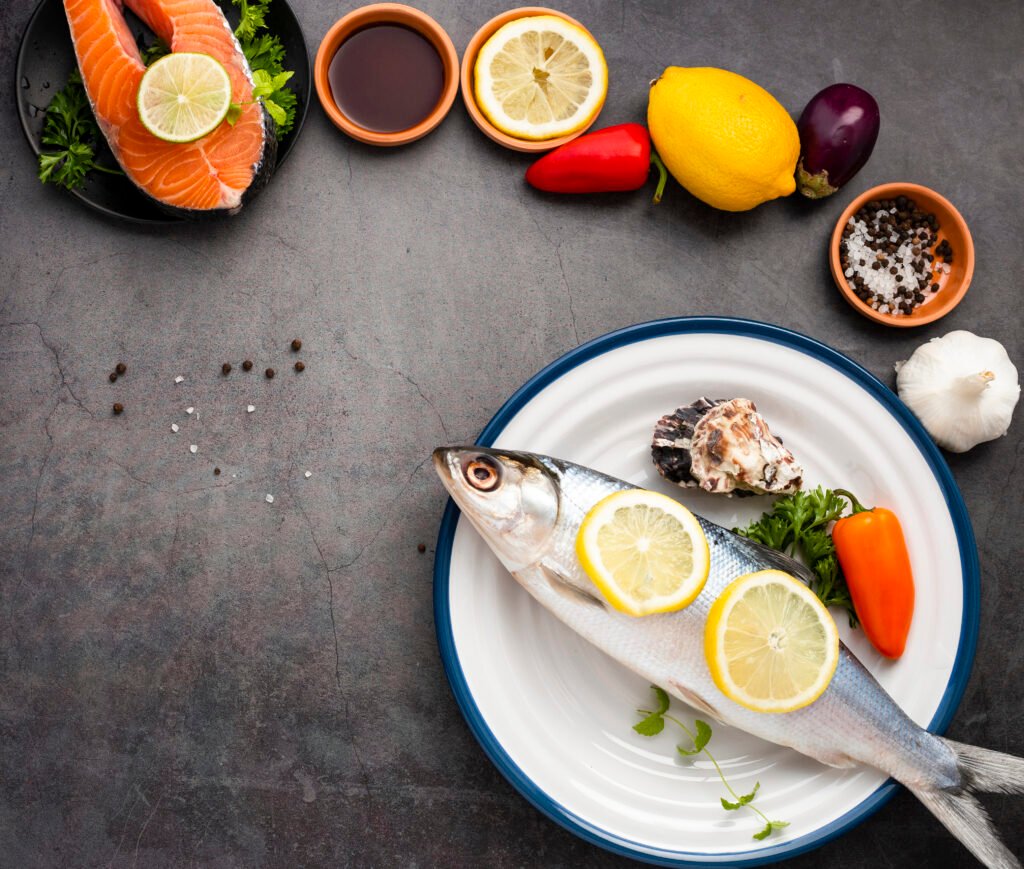What is Iodine
There are numerous minerals which body needs to work well. One among them is iodine. Human body does not require iodine in high quantity but as trace. So we can say that iodine is a trace element. Iodine performs important function inside thyroid gland.
This gland is situated inside the neck and has butterfly like shape. Thyroid gland takes command from pituitary gland. It secretes two hormones referred to as thyroxine T4 and triiodothyroine (T3). These hormones have very energetic function in temperature regulation, blood pressure, heart rate, metabolism and have function in growth of skin, hair and nails.

As described earlier that iodine is not produced inside the body so it is natural to take it from other sources to fulfill the needs of body. When it is taken in the food it is absorbed by the blood while passing through the digestive track. Then this taken iodine is delivered to thyroid gland from the blood. Inside thyroid gland it is used up by the gland to make hormones.
Iodine Rich Foods

To meet every day need of iodine it is important to take iodine rich foods. It is present in seaweed, fish, shrimp, milk, yogurt, eggs, cheese and iodized salt. Here is detail picture of foods and amount of iodine present in them.
| Seaweed (kelp | 2,984 mcg |
| 3 once fish | 99mcg |
| Tuna | 17 mcg |
| Milk | 56 mcg |
| yogurt | 75 mcg |
| Egg yolk | 24 mcg |
| Iodized salt | 400mcg |
Iodized salt

Iodized salt is a realistic and effective way to prevent iodine deficiency. It consists of normal table salt along with a small amount of iodine, generally sprayed in the form of potassium iodide or iodate. This fortification ensures that people who devour salt regularly must additionally get sufficient amount of iodine.
The exercising of iodizing salt emerge in areas particularly in regions in which iodine deficiency become unusual because of low iodine content in soil and water. Maximum commercially available salt is iodized, however it’s very essential to test labels, as some times salts (sea salt or kosher salt) might not be iodized. Using iodized salt is a smooth and powerful manner to help make certain that the population receives sufficient iodine.
Daily Intake of iodine
There are some recommendations to meet every day needs of body to maintain sufficient level of iodine. Those recommendations range mainly relying on age, gender, and physiological conditions:
Here is complete picture of how much body needs iodine daily basis.
| Infants | 110-130 mcg |
| Children | 90-120 mcg |
| Adults | 150 mcg |
| Pregnant woman | 220mcg |
| Breastfeeding mother | 290mcg |
This is approximate quantity which a body needs but these values may vary according to age, gender and health conditions. It is necessary to take advice from nutritionist if any unusual changes occur within body. As shown above that a pregnant woman needs more iodine because fetus also requires some quantity of it. During breastfeeding its intake must be increased cause infants needs more of it.
Iodine Deficiency
Iodine is essential mineral required by the body. Its deficiency has diverse effect over human’s health. Unfortunately 1/3rd of the world population is at risk of being deficient of iodine.
Reasons/ causes of Iodine Deficiency
Although it is not necessary that everyone is at iodine deficiency but we can underline some people who are at more risk of its deficiency.
Ø Pregnant women

Pregnant woman are at higher risk and exposed to its deficiency because fetus needs iodine for proper growth. So he takes it from bloodstream of mother. There are more chances of getting its deficiency if they don’t include proper amount into their diet.
Ø Nursing women
A woman who is breastfeeding a child is more exposed to its deficiency because infants needs more amount of iodine as compared to children. They take iodine from mother while getting feed in the form of milk. It can cause iodine deficiency in mother as well.
Ø Iodine deficient soil
There are some countries which have very less amount of iodine in the salt. These folks are more exposed to its deficiency if they don’t include it in their diet. These countries are Southeast Asia, south Asia, European countries and New Zealand.
Ø Vegetarian
People who prefer to eat vegetable are at more risk of getting deficient in iodine. Seafood and meat are sources of iodine. When they don’t use them in their meal they are at more risk as compared to non- veg. they can overcome this risk by taking iodine in their diet from other sources i.e. iodized salt and some vegetables.
Ø Iodized salt is not used
Sometimes people prefer to use non iodized salt. Iodized salt is best way to avoid its deficiency. But at times people prefer to take non iodized salt. It will affect overall health of a person.
Leave a Reply